A COLONY OF AVOCETS @ BLACKTOFT SANDS
- Jonathan Marshall
- Apr 26, 2018
- 4 min read

On Thursday I visited RSPB Blacktoft Sands which is located on the south banks of the River Ouse just before it merges with the River Trent to become the Humber a few miles east of Goole. The reserve was opened by the RSPB in 1973 and the reserves tidal reedbed is the largest in England. Blacktoft Sands star species include Avocets, Bearded Tits, Bittern, Hen Harrier and Marsh Harrier. In 2015 and again in 2017 one of the UK's rarest birds of prey, the Montagu Harrier, nested at the site.
It was bright but windy day when I arrived at Blacktoft Sands and I first headed for the Reception Hide which doubles up as a visitor centre. There had been a sighting of a Spoonbill at the Ousefleet Hide which is at the western end of the reserve so I left the Reception Hide and turned right and followed the path round to the left through the hedge. Once through the hedge the path turns to the right following the line of the hedge and just over the grass banking to the left there were a group of Greylag Geese in the field.
The wind was very strong as I continued along the grass path and as I reached a wooden gate the path turns right into a line of trees. At the end of this line of trees is the Ousefleet Hide and when I arrived the Spoonbill had already flown off eastwards across the reserve and out of sight. However out on the water in front of the hide were a large number of Shelducks and over one hundred Black Tailed Godwits which were now in their summer plumage.

There were also Gadwalls, Mallards, Shovelers, Mute Swans, Tufted Ducks and Teals present on the water. In amongst the Black Tailed Godwits I spotted a few Ruffs and as a Black Tailed Godwit made its way along a grass covered island and it was joined by a Greenshank and a pair of Spotted Redshanks. Another group of Shelducks landed on the water as Sand Martins and Swallows flew low over the water and across the front of the hide over the fences.
To the right of the hide is a viewing screen looking out over water with reeds either side and on the water were Moorhens and Little Grebes. I made way back through the trees and along the grass path and turned left through the gap in the hedge and when the path split in two I took the left path to the Marshland Hide. At the Marshland Hide there were a large number of Black Headed Gulls on the left hand half of the lagoon.
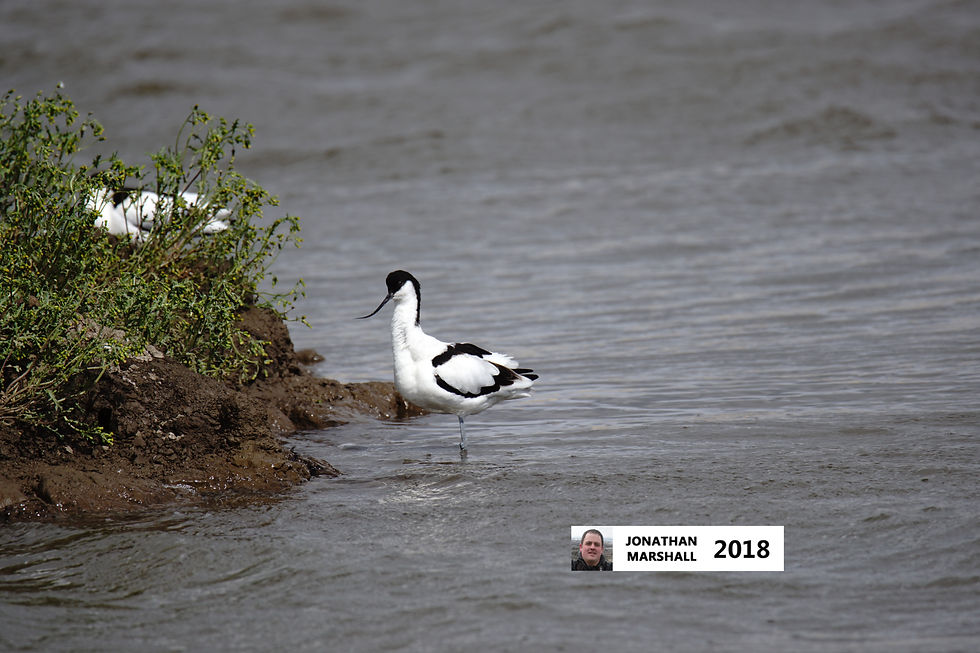
On an island to the right of the hide there was a group of thirteen Avocets, some asleep, the others preening themselves and whenever a Gull came near or landed on the island they all pestered and harried it until it left. On an island over to the left, amongst the Black Headed Gulls there were six more Avocets. On the far side of the lake there were several Teals asleep in the grass at the edge of the water and on the water there was a lone male Pochard.
I left the Marshland Hide and in the tall grass to the right of the path there was a Blue Tit clinging to a tall strip of grass and flying between them was a Grasshopper Warbler which dropped down out of sight before I could get a photo. They were joined by Reed Buntings and a Wren making their way through the tall grass and the Grasshopper Warbler made another flight through the grass and again quickly dropped down out of sight.

I carried on walking along the path and went to the Xerox Hide which had Greylag Geese, Mallards, Shovelers, Tufted Ducks and Teals along the near side edge of the water. A pair of Avocets made a brief appearance on the left hand end of the lagoon before flying off as a group of Mute Swans flew in and landed on the water. A lone Redshank was asleep at the edge of the water, but it soon moved off along with the ducks when a Marsh Harrier flew over the water looking for food.
I left the hide and rejoined the path walking past the Reception Hide to the First Hide which is a short distance east of the Reception Hide. From the First Hide I was able to see Greylag Geese, Mallards, Tufted Ducks and a male Pochard whilst flying over the reeds in the distance where a pair of Marsh Harriers. The next hide I visited was the Townend Hide and during August last year I spotted a pair of Spoonbills from this hide but this time I was not so fortunate.

The lagoon in front of the hide was fairly quiet with just a few Greylag Geese present, whilst in the narrow channel of water just a few feet in front of the hide there were a pair of Moorhens. On the grass banking separating the channel and lagoon there were a pair of Green Veined White butterflies. I was just about to leave the hide when I spotted a Bittern in the distance flying low over the reedbeds before dropping down into them over to the left in the distance.
I now made my way to the final hide, the Singleton Hide, and from here I could see more Greylag Geese including a few chicks waddling along the grass behind their mother. On the far side of the water there was a lone Canada Goose and a single Great Crested Grebe was chasing off Coots and Greylag Geese. It was surging through the water with its head and neck level with the water going through the water like a torpedo.

Flying overhead, making several passes over the water and the reedbeds were a trio of Marsh Harriers with one of them passing just a few feet in front of the hide. As I walked back towards the car park I saw a single Wren hiding amongst the bushes briefly perched on a branch and on the feeders near the car park there were several Tree Sparrows and a single Dunnock perched on a branch. Higher up in the tree there were a couple of Blue Tits and a Robin was moving about on the ground before flying off into the trees.
I have attached a few photos and a full sightings list from my visit to RSPB Blacktoft Sands.


























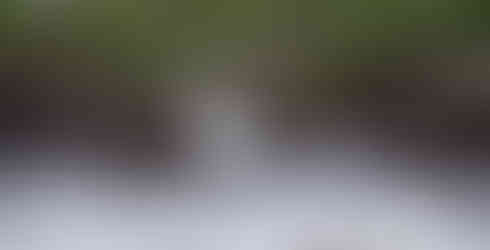























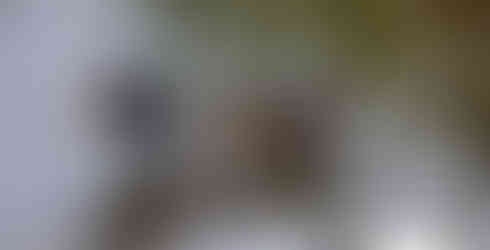












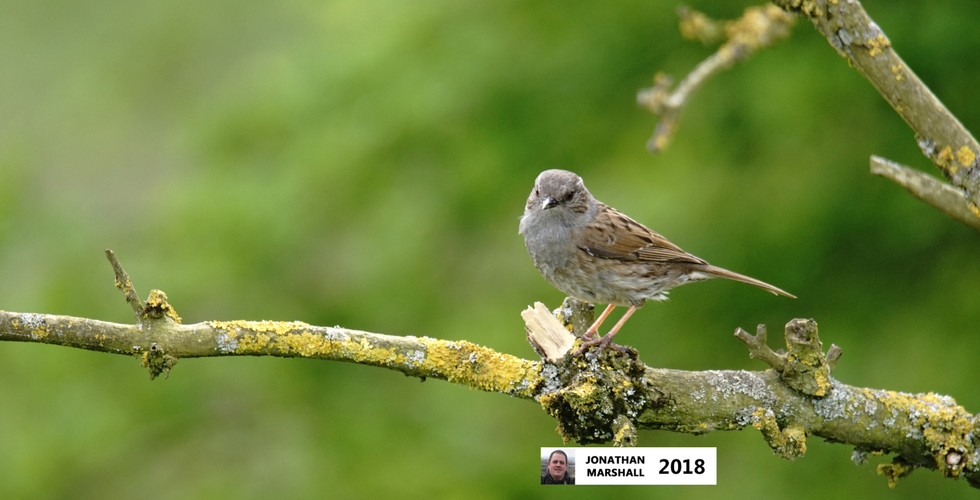
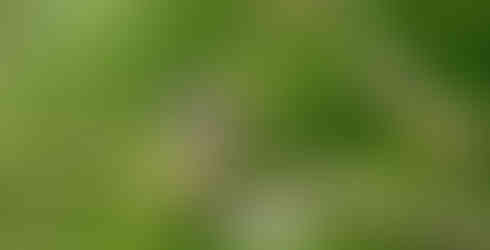























Comments